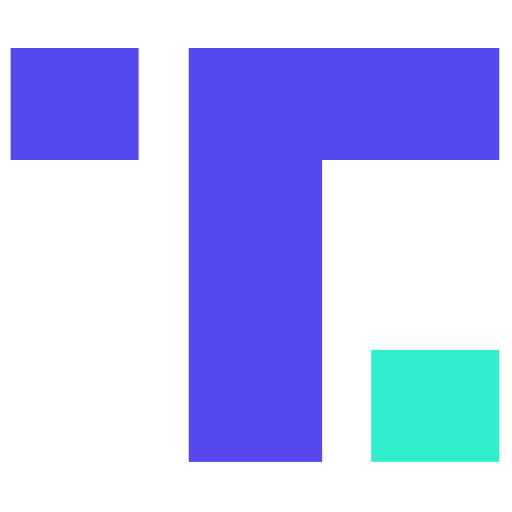Overview
There are many different types of seizure disorders, including:
- Partial / focal
- General
- absence (petite mal)
- myoclonic
- tonic
- tonic-clonic
- atonic
Please see conventional, complementary, and alternative medical treatments for important background information regarding the different types of medical treatments discussed on this page. Naturopathic, Complementary, and Alternative treatments that may be considered include:







 SNPedia.
SNPedia.